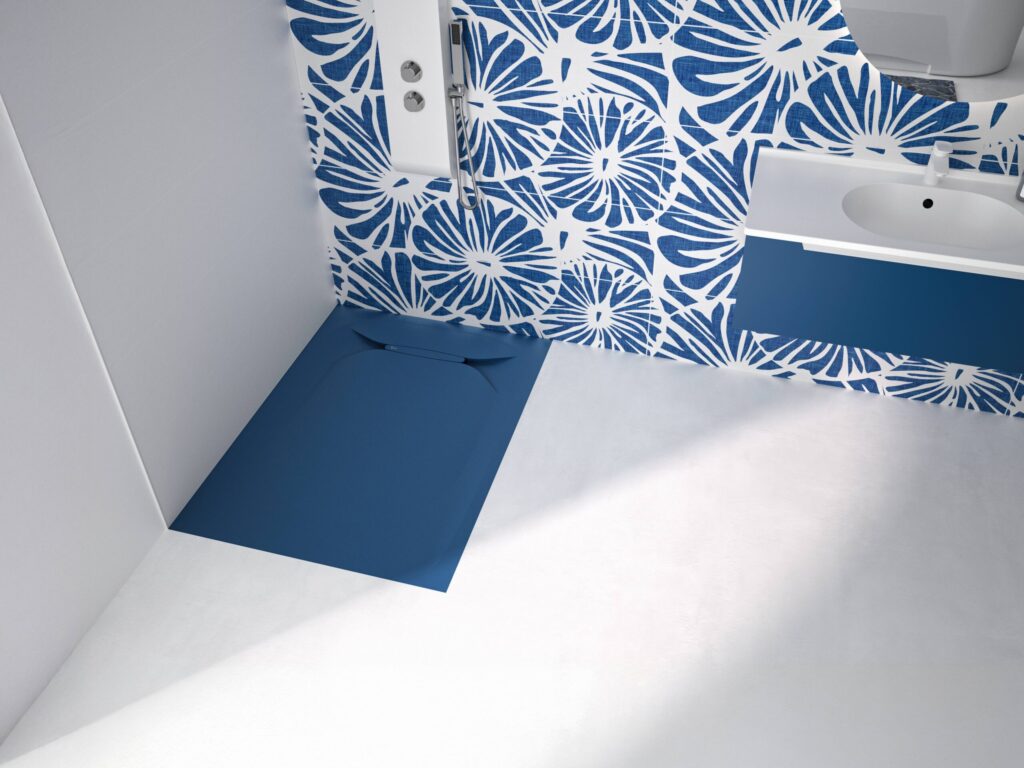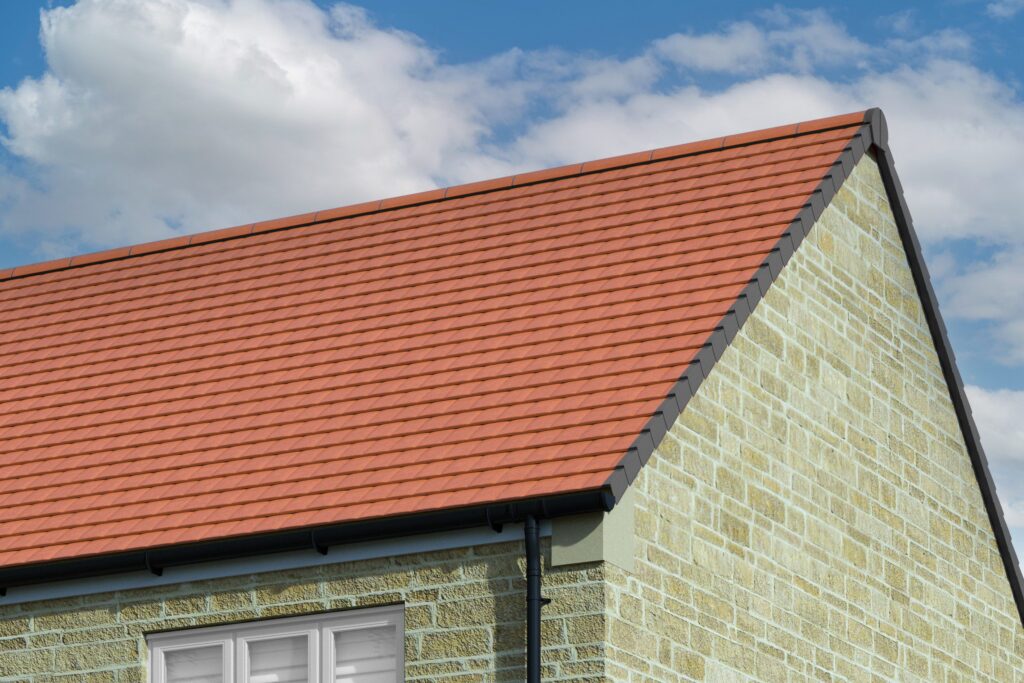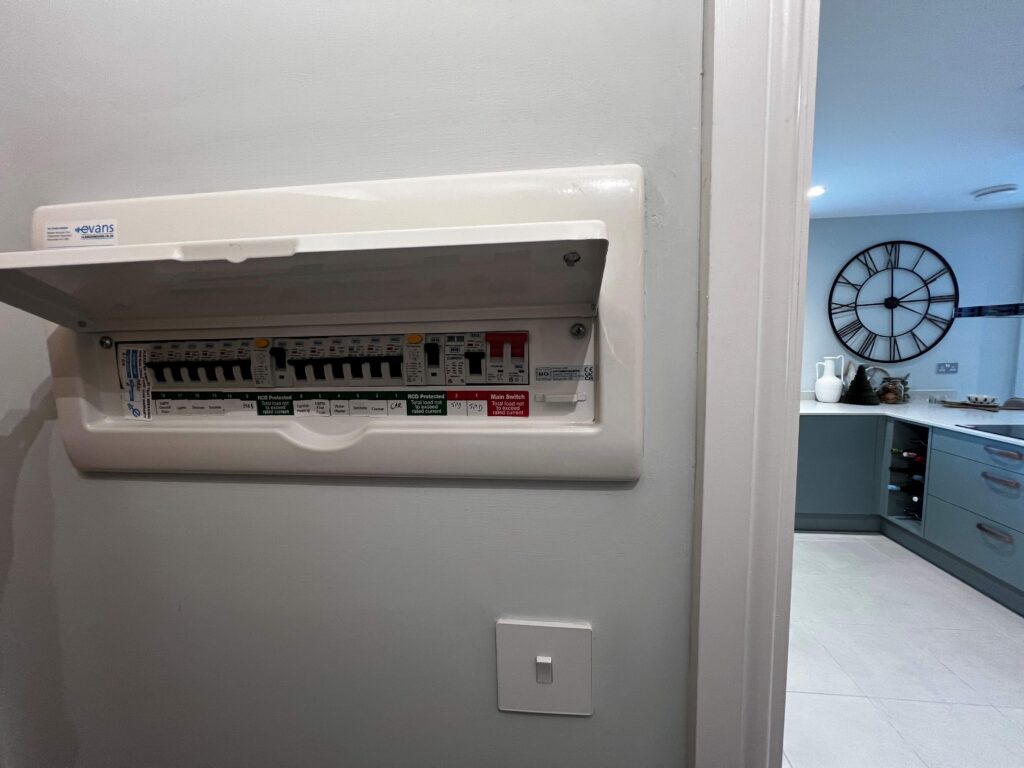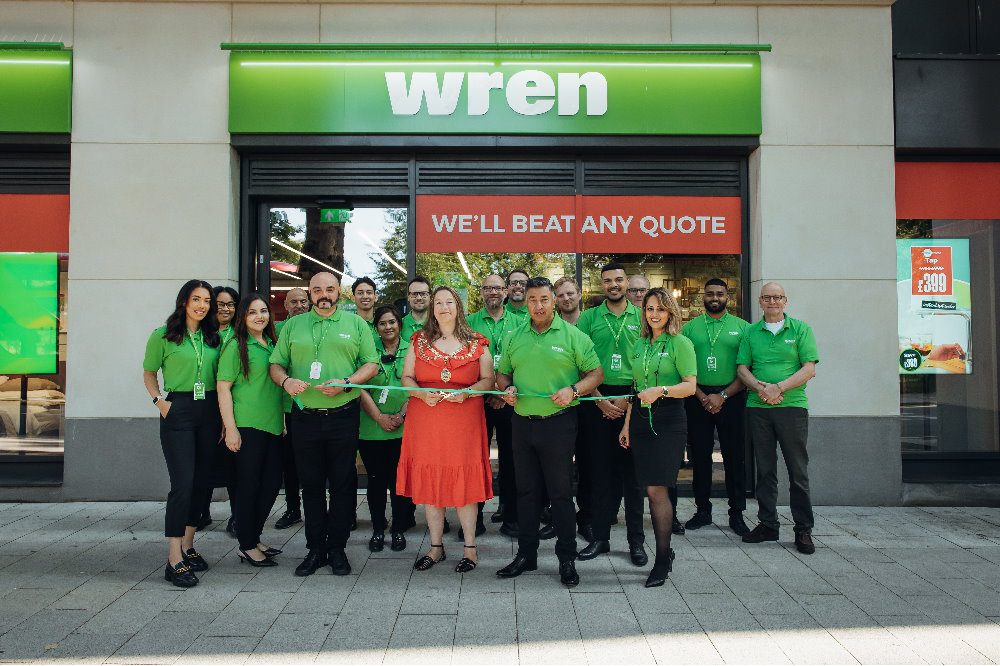During lockdown, whilst many people were on furlough, home improvements were happening all over the UK and with the recent changes to stamp duty, a few more tweaks are being added to
homes so they will look at their best before being put up for sale. Designer radiators such as those created by Vasco offer added value to any interior. However, their key function is to ensure the home is kept snug and warm in the most cost effective way, radiators should offer high heat output at minimum cost. When looking to put in new radiators it’s not just the capacity of the radiator that’s relevant there are other elements that you need to consider such as:
A RADIATOR WITH A SUITABLE CAPACITY
Every room in your home has a specific ideal temperature for maximum efficiency. Before selecting your radiator you should calculate the heat you’ll need to maintain this from each radiator in the
room. When making these calculations you need to consider the following:
• the volume of the room
• the desired temperature
• the function of the room: do you sleep there or will you be actively working in it?
CONSIDER INSULATION
The extent to which your home is insulated also has a huge impact on the required radiator capacity. If the property is a new build or has been recently refurbished with full insulation then your heating capacity can be significantly lower; older properties need greater heating output. (The recent announcement regarding insulation grants may be able of use if you have an older home).
A FEW TIPS FOR INCREASING HEAT OUTPUT
For optimum heat output, not only do you need to select a radiator which offers the required capacity but you need to ensure the heat can flow freely around the room. There are a few simple rules you can apply to help maintain the flow of heat into the room.
- Do not hang towels over your radiators to dry. However, if you need to select a special
bathroom radiator that you can also use as a drying rack. At Vasco, you will also find a wide
range of towel rails, buttons and racks. - Make sure there are no heavy curtains hanging over your radiators, as this will stop the heat
from being distributed. - Don’t use built-in radiators or radiator casing. The design is made to be seen!
- Bleed your heating system regularly.
YOU’LL NEED TO BLEED YOUR RADIATOR IF…
It’s making strange noises: If your radiators make bubbling or ticking noises, it’s usually a sign that you have air in the pipes. Aside from the fact that it can be annoying, these air bubbles can also lead to the pipes oxidising.
It doesn’t get hot enough: If the heating is not providing (adequate) heat, it could be time to bleed the system. The lower section usually gets warm but the top section stays cool or lukewarm. This problem could also be due to a separate heating element, while everything else is working perfectly well.
TIME FOR ACTION
Radiators can end up with air in the pipes in any season. However, it’s a good idea to bleed the system at the beginning of the heating season so that you’re ready for the winter.
QUICK SOLUTION
Bleeding the radiators is a very simple process. Follow the steps below and you’ll have it done in no
time:
- Put all radiators on their highest setting.
- Wait a short while and then switch the central heating system off.
- Let the radiators cool down.
- Work through the radiators, one by one, starting with the radiator that is closest to the boiler.
- Close the radiator valve and open the bleed valve. Place a container under the bleed valve and let
the air out. A little moisture will usually come out too. - Close the valve once all the air has escaped. Do this for all radiators.
Then check to ensure the water pressure in the central heating boiler is at the right level.
See more news here.











